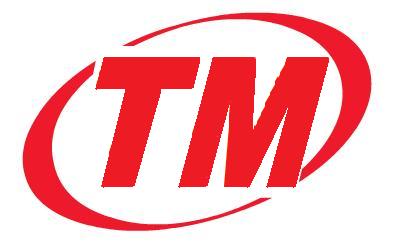
Home
"POS Cobra" Restoration Journal
Titanium Motorsports Racing Journal
Parts & Stuff
For Sale
PRI Show
The Lounge
My last racecar had an Autometer Shift Light Tachometer in it . With the rotary, it was very easy to over-rev the motor in the RX7, as it would continue to make power above my self-imposed 8000 rpm limit so a good functioning tachometer and shift light was important to keep the motor together.
Over-revving was not as much of an issue in the Cobra, as the motor could take the higher rpm's, but it just stopped making power above 5900, so there was no reason to go higher. However, I don't know how accurate the factory tachometer is and still wanted a shift light to improve my skill on the racetrack.
One thing I dint want was a huge tachometer on the dash. They just took up too much space and were too expensive. All I really needed was just the light. In doing my research on the types of shift-lights available, I found several companies that make stand-alone shift-lights that fit in the standard 2 1/16 inch gauge mounting hole.
And I just happened to have a empty gauge hole on the dash of my car already.
That's a huge difference from the $200-plus for a Autometer Sport-Comp shift-light tachometer. This model also has an RPM display that you can leave on or turn off.
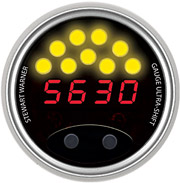
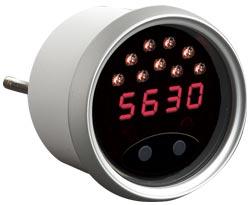
The first step was to get out some 18 gage wire from the toolbox and attach three heat-shrink loop ends to each one and cut to a two foot length.
Next I removed the gauge-pod from the top of my dash. (it's mounted where the clock used to be) and install the shift-light in the empty hole next to my fuel-pressure gauge.
The wiring was simple to do. The ground and the power wire were spliced into the wires that formerly powered the clock and the RPM signal wire was attached to the tan-yellow wire behind the instrument cluster using scotchlock connectors.
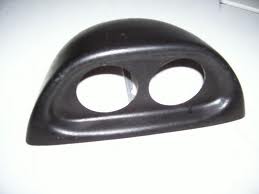

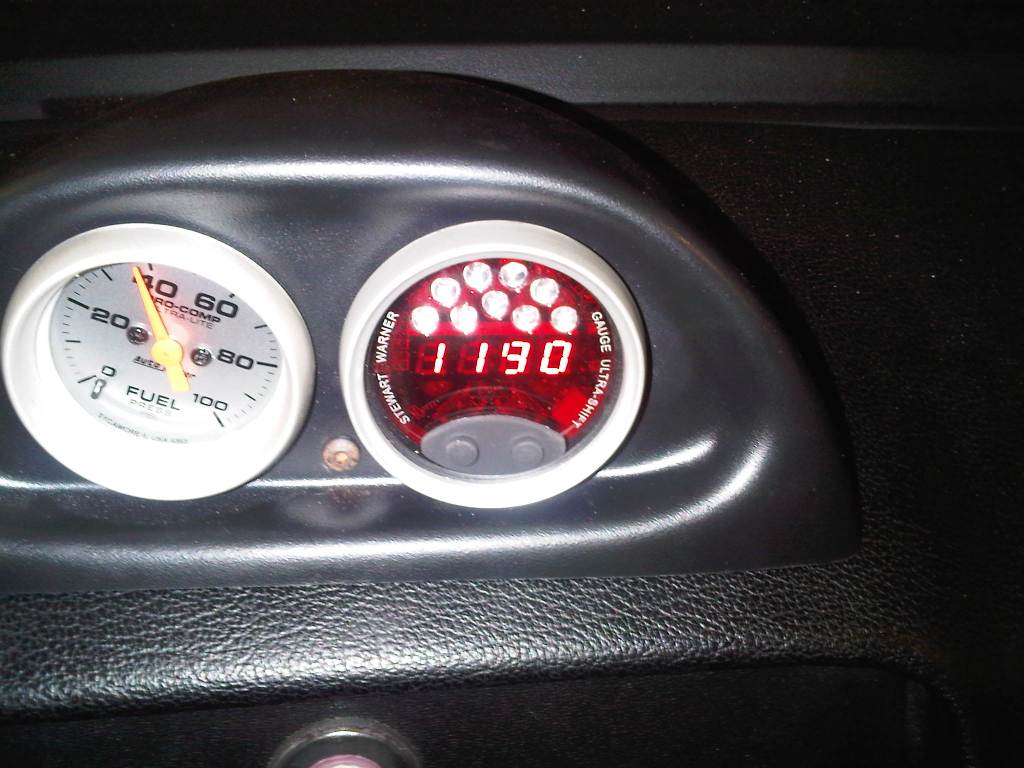
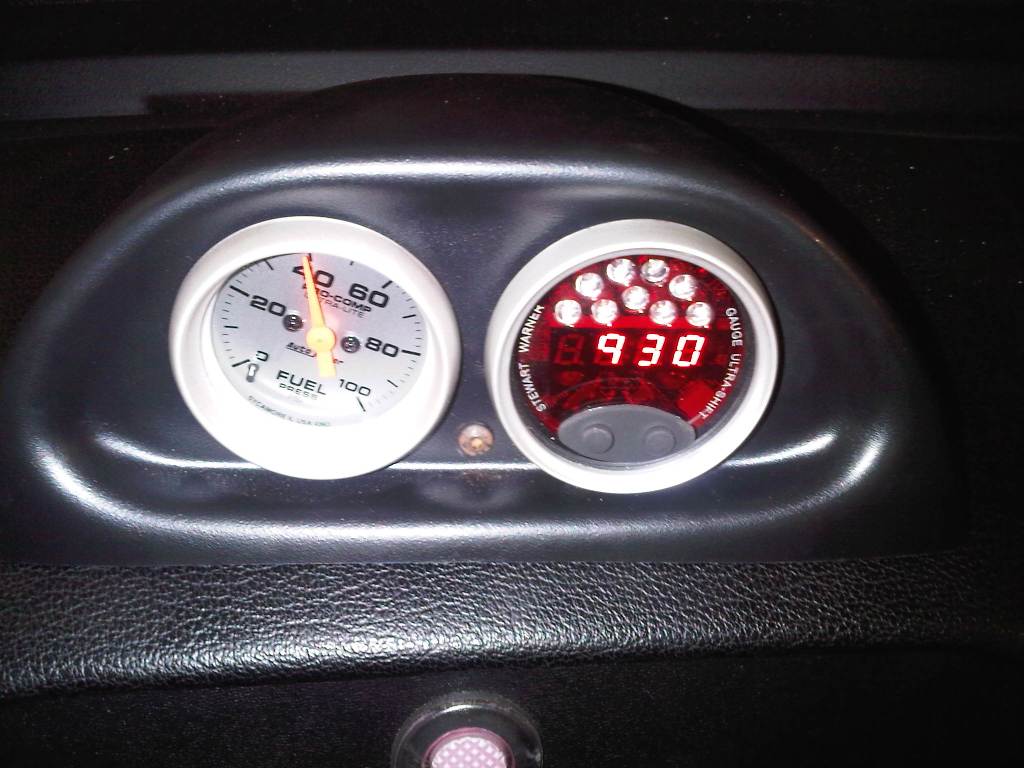
I'll leave the RPM display on for now, just to see how accurate my factory tachometer is. At idle, I can already tell its about 100 RPM's off.
